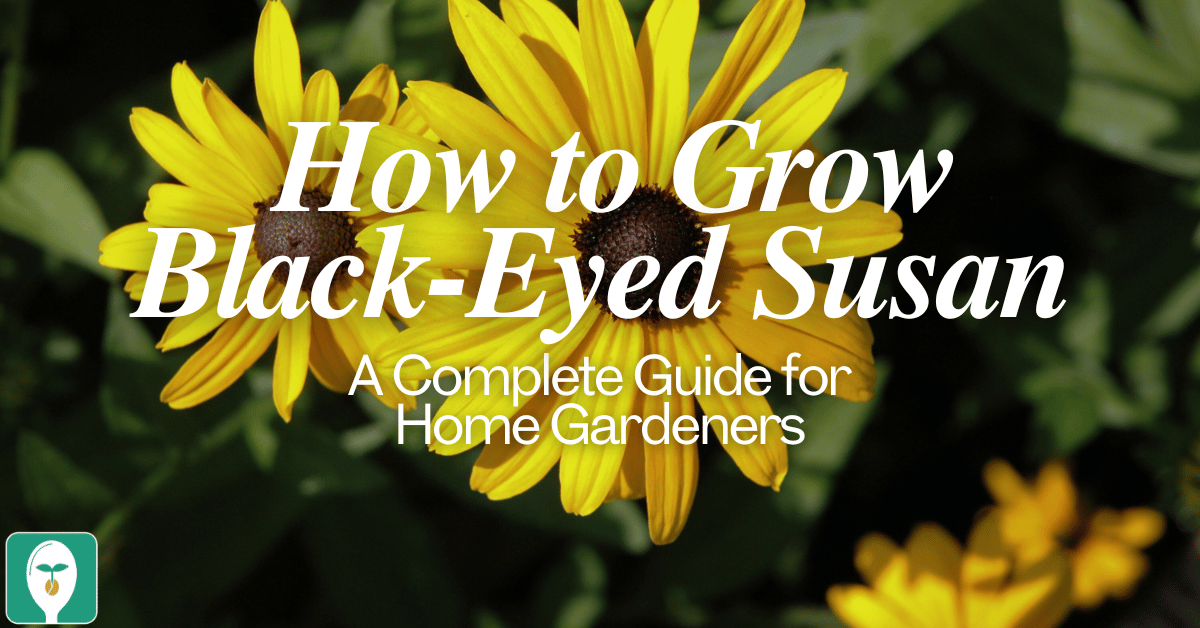At From Seed to Spoon, we’re constantly updating our app to ensure that your gardening experience is as fruitful and enjoyable as possible. This season, we’re thrilled to introduce four splendid flowers that are sure to add color, texture, and fragrance to your green space. Let’s explore the unique characteristics and gardening tips for Zinnias, Cosmos, Snapdragons, and Sweet Peas – the latest blooms in our gardening app.
Zinnias: A Burst of Color and Life Zinnias are the epitome of cheerfulness in any garden. These vibrant and eye-catching flowers come in a wide array of bright colors, making them perfect for lifting spirits and enhancing the beauty of your outdoor space. Easy to grow from seed, zinnias are known for their ability to withstand hot summer weather, making them ideal for beginner gardeners. Plant zinnias in well-drained soil under full sun to encourage abundant blooms. Regular deadheading will keep them looking fresh and vibrant all season long.
Cosmos: Ethereal Beauty and Simplicity Cosmos flowers, with their delicate, silky petals and feathery foliage, bring an ethereal beauty to any garden setting. These charming blooms are available in shades of pink, white, and maroon, adding a soft, whimsical touch to your landscape. Cosmos thrive in sunny spots with moderate to poor soil and are remarkably drought-tolerant. Sow their seeds directly in the ground during spring for a mesmerizing display of color from summer to fall.
Snapdragons: A Touch of Elegance and Drama Snapdragons add a touch of elegance and architectural drama with their tall, colorful spikes that are perfect for cutting and arranging. These versatile flowers come in a range of sizes and vibrant colors, from deep reds to soft pastels. Snapdragons prefer cooler temperatures, so plant them in early spring or fall for the best results. They enjoy full to partial sun and well-drained soil. Deadheading spent flowers will encourage a longer blooming period.
Sweet Peas: Fragrance and Nostalgia Sweet Peas are beloved for their exquisite fragrance and nostalgic charm. These climbing plants are perfect for trellises, arches, and fences, adding vertical interest and a profusion of delicate, ruffled blooms. Sweet peas favor cooler weather, so sow their seeds in early spring. They prefer full sun to partial shade and rich, moist soil. Regular harvesting of the flowers will encourage continuous blooming and prevent the plants from going to seed.
Coneflower (Echinacea): A Hardy Perennial with Healing Properties
Coneflowers, or Echinacea, are not only a vibrant addition to any garden but also a beacon of health and resilience. Known for their daisy-like appearance and distinguished cone-shaped centers, these hardy perennials bring a splash of color ranging from deep purples to fiery oranges and soft pinks. Coneflowers thrive in full to partial sun and adapt well to a variety of soil types, though they prefer well-drained ground.
As a staple in native gardens, Echinacea is celebrated for its medicinal properties, often used to boost the immune system. This plant is a pollinator magnet, attracting bees, butterflies, and birds, which contribute to the health and vitality of your garden ecosystem. For best growth, plant coneflowers in early spring or fall, spacing them about 1 to 3 feet apart to allow for ample air circulation. Enjoy their bloom from early summer through fall, and watch as they provide enduring beauty year after year with minimal care.
Milkweed (Asclepias): The Monarch’s Choice and Gardeners’ Delight
Milkweed, specifically Asclepias, is indispensable for any eco-conscious gardener. This sun-loving, drought-tolerant plant is the sole host for monarch butterfly larvae, providing essential nourishment for these declining pollinators. With varieties offering vibrant hues of pinks, oranges, and whites, milkweed adds a wild and whimsical element to the garden landscape.
Plant milkweed in full sun and well-drained soil to encourage healthy growth. This low-maintenance perennial is best sown in the fall, mimicking natural seed dispersal and cold stratification processes, although spring plantings can also be successful with cold-treated seeds. Milkweed establishes a deep taproot, which makes it drought resistant and a long-lived staple in gardens. Aside from its environmental benefits, milkweed offers a unique, architectural beauty with its complex flower structures and lush foliage, making it a standout addition to any garden seeking to combine aesthetic appeal with ecological responsibility.
Incorporate these nurturing and visually appealing plants into your garden through the From Seed to Spoon app, and enjoy the dual benefits of a stunning garden and a supportive habitat for wildlife. Each plant’s profile is detailed within the app, providing personalized care instructions and tips to ensure your gardening success.

Carrie Spoonemore, co-founder of “From Seed to Spoon,” stands as a beacon of inspiration for gardeners and health enthusiasts alike. Her journey alongside her husband, Dale Spoonemore, in creating a platform that demystifies gardening and promotes a healthier lifestyle, has made a significant impact on individuals around the globe. Through the “From Seed to Spoon” app, Carrie has dedicated herself to empowering people to take control of their health and environment by growing their own food.
With a profound belief in the power of gardening to improve mental and physical health, Carrie’s contributions to the Seed to Spoon blog reflect her holistic approach to wellness. Her articles often focus on the nutritional benefits of homegrown fruits and vegetables, organic gardening practices, and the mental health benefits of spending time in nature. Carrie’s expertise in health science shines through in her detailed discussions on how specific plants can contribute to a balanced diet and overall well-being.
Carrie’s passion for gardening is deeply intertwined with her commitment to family and community wellness. She frequently shares personal stories of how gardening has brought her family closer together, offering practical tips for involving children in gardening activities and making it a fun, educational experience. Her writing encourages families to explore gardening as a means of spending quality time together while learning about nature and sustainability.
In addition to gardening advice, Carrie’s contributions to the blog include insights into the use of technology to enhance the gardening experience. She has played a crucial role in designing the “From Seed to Spoon” app to be user-friendly, ensuring that users of all ages and backgrounds can navigate the complexities of gardening with ease. Her vision for the app is not just as a gardening tool but as a vehicle for change, inspiring individuals to adopt a more sustainable lifestyle by growing their own food.
Carrie Spoonemore’s presence on the blog is marked by her compassionate approach to teaching and her unwavering belief in the transformative power of gardening. Her work continues to inspire a community of gardeners to pursue a healthier, more sustainable way of living, proving that with the right tools and knowledge, anyone can become a gardener and advocate for their health and the planet.






